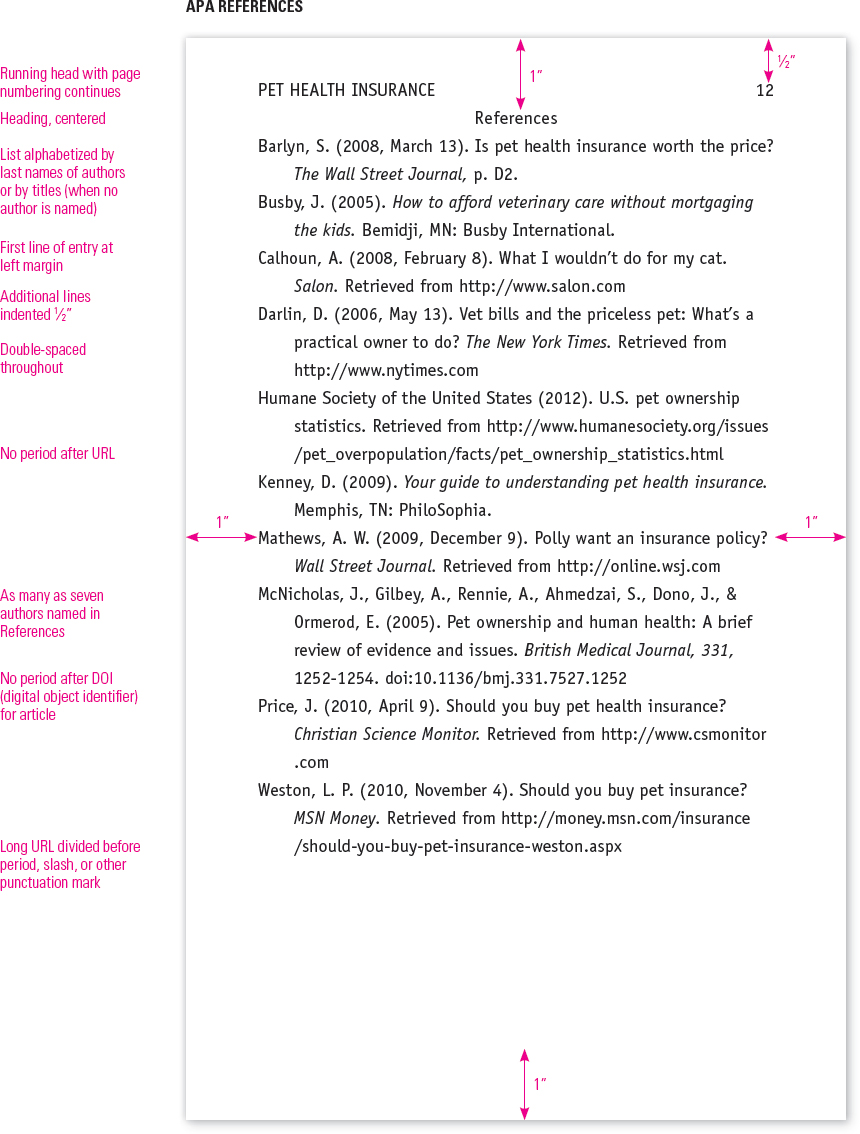A. Following the Format for an Academic Paper
You can easily spot the appealing features of a magazine, newspaper, or Web site with bold headlines, colorful images, and creative graphics. These lively materials serve their purpose, attracting your attention and promoting the interests of the publication’s owners, contributors, or sponsors. In contrast, academic papers may look plain, even downright dull. However, their aim is not to entertain you but to engage your mind. The conventions — the accepted expectations — for college papers vary by field but typically support core academic values: to present ideas, reduce distractions, and integrate sources. A conventional format reassures readers that you respect the values behind the guidelines.





| Common Academic Values | Common Paper Expectations and Format |
| Clear presentation of ideas, information, and research findings |
|
| Investigation of an intriguing issue, unanswered question, unsolved puzzle, or unexplored relationship |
|
| Academic exchange of ideas and information, including evidence from reliable authorities and investigations |
|
| Identification of evidence to allow a reader to evaluate its contribution and join the academic exchange |
|
See E in the Quick Research Guide for examples showing how to cite and list sources in MLA and APA styles.
MLA (Modern Language Association) style, explained in the MLA Handbook for Writers of Research Papers, Seventh Edition (New York: MLA, 2009), is commonly used in the humanities. APA (American Psychological Association) style, explained in the Publication Manual of the American Psychological Association, Sixth Edition (Washington, D.C.: American Psychological Association, 2010), is commonly used in the social and behavioral sciences. Both MLA and APA, like other academic styles, specify how a page should look and how sources should be credited. (See pp. A-2–A-6.)